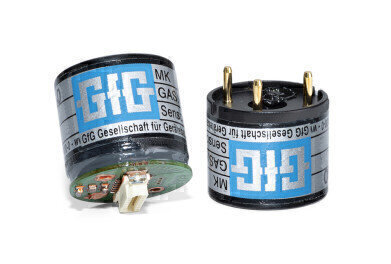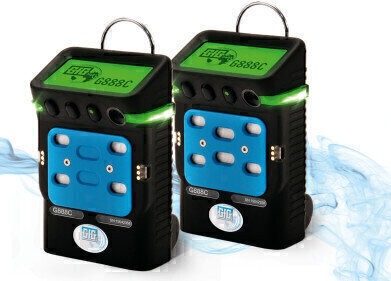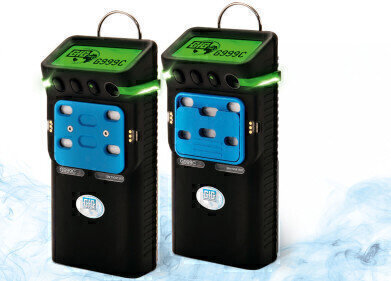Environmental Laboratory
Reliably detect O2 in tropical conditions
Oct 11 2022
GfG is addressing the challenge of operating O2 sensors in high humidity and high temperature environments with a new generation of smart sensors.
The ability to reliably measure oxygen concentrations is a critical requirement in industrial safety zones and areas classified as confined spaces.
The main hazard to staff and rescue forces is the risk of asphyxiation that arises on entering areas where oxygen levels have been depleted by displacement, combustion, oxidation or other chemical processes.
Challenge #1: Temperature and humidity extremes
Unlike sensors with solid electrolyte cells, the aqueous electrolyte in these sensors allows them to absorb water from the air or release it back into it, depending on temperature and humidity. If the humidity is too low, important operating parameters, such as the response time or sensitivity can degrade. Too much intake of water on the other hand can lead to sensor failure once the volume inside the cell is entirely filled.
Challenge #2: Considering venting requirements
GfG has been using lead-based sensors that provided a single access point for gas directly above the sensing electrode for a long time. In a design like this, the lower parts of the sensor should operate in an essentially anaerobic condition.
In practice however, it turned out that this design presented challenges in terms of venting pressure differentials. These built up between the internal cell volume and the external environment when the sensor was exposed to temperature or pressure transients. This resulted in undesirable output “glitches” and in rare cases even in an electrolyte leakage.
GfG has addressed this challenge by adding a second vent on the bottom of the sensor casing of any lead-based solutions. The changes to the design and manufacturing process have been made possible by developments in modern material research, which has resulted in a new type of electrically conductive adhesive with a silver content of 85 percent.
Like soldering, it provides very good conductivity and adhesion, but does not place any thermal stress on the sensor.
Challenge #3: A solution to increase the volume
A problem with all lead-based sensors is the anode material’s increase in volume during oxidation. Lead oxide has a lower density and thus a higher volume. This can lead to higher pressure inside the sensor, which may disrupt its function or cause an electrolyte leak due to damage to the sensor casing.
GfG therefore now offers a new series of lead-free smart sensors for the harshest of environments, which offer a longer operating life for a wider temperature and humidity range. They also meet the latest legal requirements regarding lead-free products and restrictions of hazardous substances.
A New Series of GfG O2 Sensors – always the perfect solution
Whether you need to monitor controlled or moderate environments or even the most challenging ones, GfG will offer you world leading smart O2 sensors for your portable gas detection devices.
Contact us today or visit our website for more detailed information about our products.
Digital Edition
IET 34.2 March 2024
April 2024
Gas Detection - Biogas batch fermentation system for laboratory use with automatic gas analysis in real time Water/Wastewater - Upcycling sensors for sustainable nature management - Prist...
View all digital editions
Events
Apr 30 2024 Melbourne, Australia
Apr 30 2024 Birmingham, UK
May 03 2024 Seoul, South Korea
May 05 2024 Seville, Spain
May 06 2024 Minneapolis, MN, USA




















